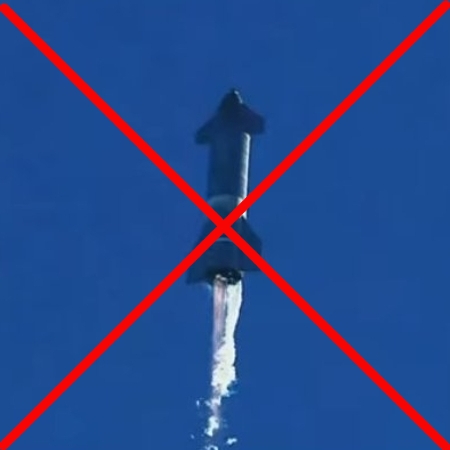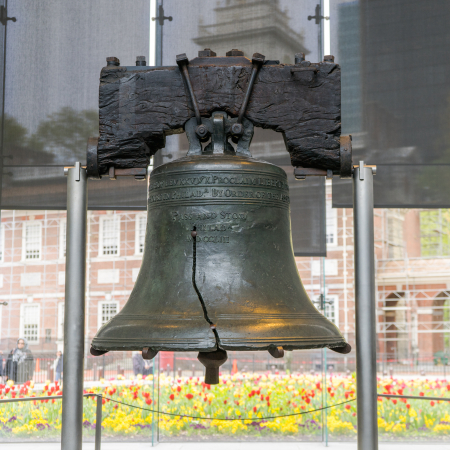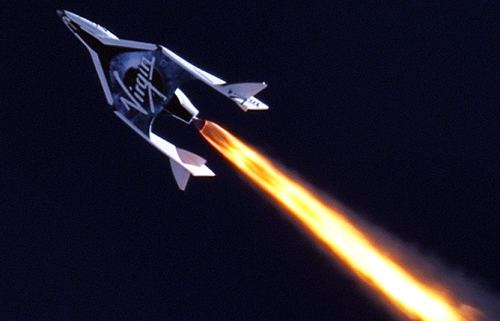Thales Alenia to build first two modules of Axiom’s commercial space station
Capitalism in space: The Italian company Thales Alenia today announced it has finalized the contract to build the first two modules of Axiom’s private commercial space station, set to be docked to ISS initially but eventually to fly independent once ISS is decommissioned.
Total price for the contract is 110 million euros. According to the press release, they are targeting 2024 and 2025 for launching these modules, which will be able to house as many as eight residents.
Based on its past successful experience in building modules for the International Space Station, Thales Alenia Space is responsible for the design, development, assembly and test of the primary structure and the Micrometeoroid & Debris Protection System for the two Axiom modules.
The welding activities of the primary structure of the first module will start in September 2021, with the assembly process concluding in 2022. The first module will arrive at Axiom facilities in Houston in July 2023, where Axiom will integrate and outfit the core systems and certify it for flight prior to shipping to the launch facility.
With the launch of this station, human spaceflight in the United States will become completely independent of the federal government. Private companies will own the rockets, spacecraft, and stations, and the government will no longer have a major say on what goes on in space. The NASA bureaucracy that makes getting an experiment onto ISS cumbersome, difficult, and discouraging will be out of a job. (An example: In the 2000s American scientists studying plant growth in weightlessness ended up launching their experiments with the Russians because getting NASA approval turned out to be too difficult.)
This doesn’t mean that it will be easy to get a payload or experiment onto Axiom’s station. The demand will be quite high. It just means that the decision will no longer reside with the government, but with the private companies and citizens of the United States.
As it always should have been.
Furthermore, that the demand is going to exceed the supply will mean that additional stations will be built, and quickly, because the lure of profit will be there. For example, many of the commercial medical experiments that were on the verge of paying off but were shut down after the Challenger accident in 1986 could very well be brought back to life.
Capitalism in space: The Italian company Thales Alenia today announced it has finalized the contract to build the first two modules of Axiom’s private commercial space station, set to be docked to ISS initially but eventually to fly independent once ISS is decommissioned.
Total price for the contract is 110 million euros. According to the press release, they are targeting 2024 and 2025 for launching these modules, which will be able to house as many as eight residents.
Based on its past successful experience in building modules for the International Space Station, Thales Alenia Space is responsible for the design, development, assembly and test of the primary structure and the Micrometeoroid & Debris Protection System for the two Axiom modules.
The welding activities of the primary structure of the first module will start in September 2021, with the assembly process concluding in 2022. The first module will arrive at Axiom facilities in Houston in July 2023, where Axiom will integrate and outfit the core systems and certify it for flight prior to shipping to the launch facility.
With the launch of this station, human spaceflight in the United States will become completely independent of the federal government. Private companies will own the rockets, spacecraft, and stations, and the government will no longer have a major say on what goes on in space. The NASA bureaucracy that makes getting an experiment onto ISS cumbersome, difficult, and discouraging will be out of a job. (An example: In the 2000s American scientists studying plant growth in weightlessness ended up launching their experiments with the Russians because getting NASA approval turned out to be too difficult.)
This doesn’t mean that it will be easy to get a payload or experiment onto Axiom’s station. The demand will be quite high. It just means that the decision will no longer reside with the government, but with the private companies and citizens of the United States.
As it always should have been.
Furthermore, that the demand is going to exceed the supply will mean that additional stations will be built, and quickly, because the lure of profit will be there. For example, many of the commercial medical experiments that were on the verge of paying off but were shut down after the Challenger accident in 1986 could very well be brought back to life.




